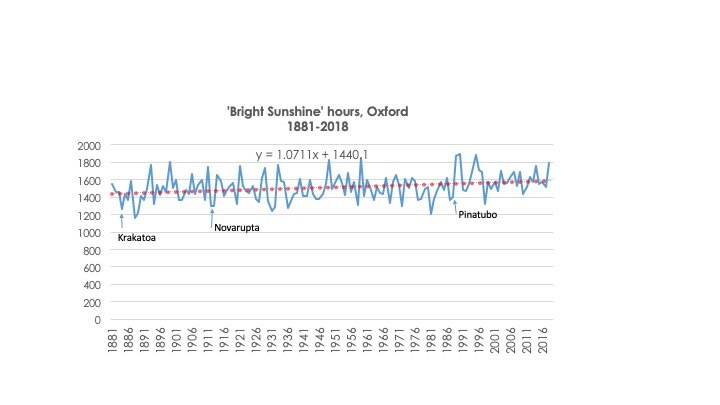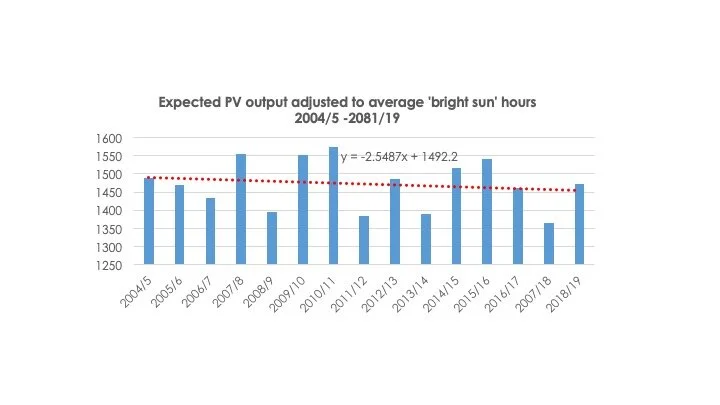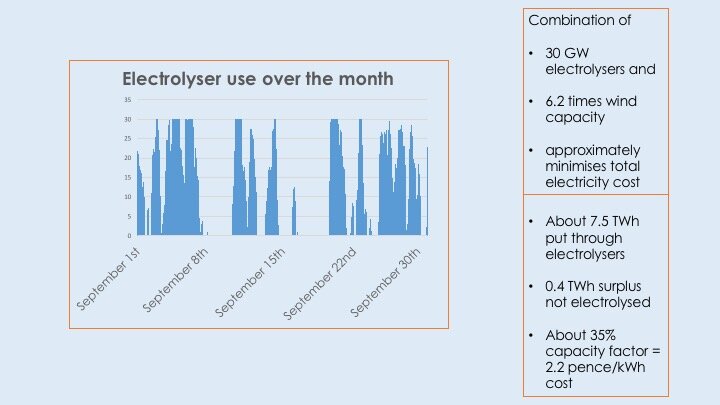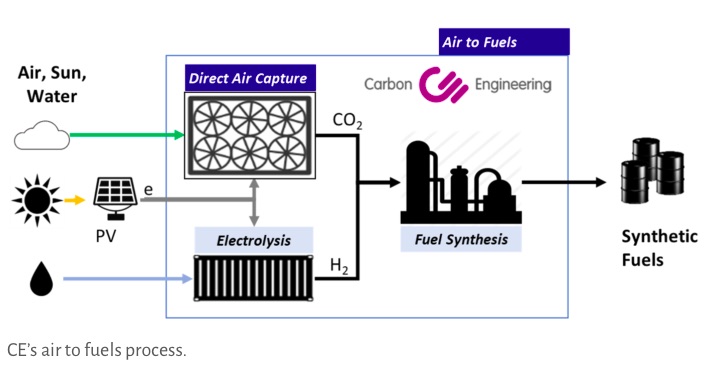The extra costs of decarbonised steel
Under current conditions, and Swedish electricity prices, using hydrogen rather than coal will add about 10% to the cost of a tonne of unfinished steel before considering extra capital costs. A carbon tax of about €30 a tonne would bring the energy cost of steel made from coal up to the hydrogen price.
The SSAB pilot plant under construction
As wholesale electricity prices fall, hydrogen will become progressively more financially attractive and Swedish manufacturer SSAB is targeting 2025 for the first large scale sales of decarbonised steel. Although hydrogen-based steel making also involves high levels of capital expenditure, SSAB says it is a ‘commercially attractive option’.
Steel manufacture
Almost all new steel is made from iron generated in blast furnaces. Recycled steel is made in electric arc furnaces.
The process for making new steel feeds coke and pulverised coal into the furnace alongside iron oxides that are in the form of pellets or raw ore. In intense heat the coke, which is almost pure carbon, reacts with the oxygen in the iron oxides and forms carbon monoxide and carbon dioxide. The resulting metal, often called pig iron, is fed into another furnace which purifies the iron and adds carbon and metals to form steel.
The making of new steel from iron ore adds about 2 tonnes of CO2 to the atmosphere for each tonne produced. Approximately 1,200 million tonnes of new steel are made each year, meaning that around 2.4 billion tonnes of greenhouse gases are added to the atmosphere, or about 6% of the global total. Other elements of the steel production process, and the operation of electric arc furnaces, add 1 or 2% to this total. The amount of new and recycled steel produced will rise over the next decades, increasing emissions.
So steel matters. Specialists say that the production of the metal can be decarbonised in three different ways.
· Carbon dioxide coming out of the blast furnace can be collected and stored, or turned into useful hydrocarbons
· Coal can be replaced with biomass.
· The production technology can be changed and hydrogen can then be used to strip the oxygen from the iron ore. The hydrogen will come from the electrolysis of water using renewable electricity.
Many of the major steel manufacturers in Europe have indicated that they will move towards using hydrogen as the route to low carbon steel. Chinese manufacturers, representing approximately 50% of world production, have been more interested in carbon capture and reuse.
The hydrogen route will require the decommissioning of existing blast furnaces and their replacement by what are called ‘direct reduction’ furnaces. The pig iron that is created by direct reduction can then be converted to steel in an electric arc furnace.
This article looks at some the possible costs of the switch to hydrogen. The figures are far from definitive because so little information is currently available, largely because no individual steelmaker has yet gone beyond early experiments with one or two parts of the complicated set of process to make the metal.
Making new steel using hydrogen
Swedish steelmaker SSAB provided some analysis in a December 2019 investor presentation that showed how much extra cost the switch to hydrogen will add (Slide 28). SSAB is probably the steel manufacturing company with the most advanced plans for the switch away from coal. It targets total carbon neutrality by 2045.
In its presentation, the company contrasted the energy requirements of the current steelmaking process and compared it to the hydrogen route. I have calculated the costs that result from both production processes.
Current blast furnace requirements (all costs are approximate)
Oil – 81 kWh. Cost approximately €4. (Assumption: 8 litres of oil at a price of around $0.5/litre)
Coal – 5,510 kWh. Cost approximately €96. (Assumption: coking coal of 24 MJ/kg at $130/tonne, $1.10=1€)
Electricity – 235 kWh. Cost approximately $11 (Assumption NordPool price of €45/MWh)
Total energy and reducing agent cost per tonne steel = €111.
Hydrogen direct reduction route (all costs are approximate)
Graphite - 45 kWh. Cost €6. (Graphite, small flakes, $550 a tonne, energy value 32.8 MJ/kg)
Biomass fuel – 560 kWh. Cost €5 (Same price as low carbon content coal)
Electricity – 3,488 kWh. Cost €157. Assumption (NordPool price of €45/MWh)
Total energy and reducing cost per tonne steel = approximately €168
These numbers suggest that steel made from hydrogen in Sweden will have an energy cost of about €57 per tonne more than conventional processes. What does this number imply?
· €57 is approximately 10% of the cost of a tonne of unfinished steel. In other words, the switch to hydrogen will add a significant, but not overwhelming increment.
· The production of a tonne of new steel in the average world steelworks adds about 2 tonnes of CO2 to the atmosphere. According to SSAB, the hydrogen route produces about 25 kilos, a negligible amount. A carbon tax of €30 a tonne (about £26/$33) will therefore approximately equalise the energy cost of steel from coal and steel from hydrogen in Sweden.
· Sweden has low wholesale electricity prices, and would have little difficulty coping with the extra demand for electricity for making steel. However a steel manufacturer paying €65, a more typical European price, would see a rise in energy costs of €70, enough to increase the required level of carbon tax to €65 (about £55/$71) per tonne. On the other hand, an electricity price of €30 per megawatt hour, no longer an impossible ambition, would roughly equalise the energy costs of the hydrogen and coal routes for steelmaking.
· As an aside, the total demand from hydrogen steel production by SSAB in Europe would add about 21 TWh to electricity requirements. This is about 17% of today’s electricity use in Sweden. (However some SSAB steel is made in Finland). Separately, an estimate from the German steel industry suggests that a hydrogen-based steel production process will add 130 TWh, or over 20%, to national demand.
However the difference between the two technologies is not just the different material that is used to capture the oxygen in the iron ore. A steelmaker switching to hydrogen will require new capacity in the form of direct reduction furnaces, and possibly new electric arc furnaces as well.
How expensive will this equipment be? No definitive figures are available, but German steel maker ThyssenKrupp indicates that the total cost is expected to be about €10bn for its 13 million tonnes of steel production. This implies a figure of about €770m capital investment per million tonnes of steel, or around €1 trillion over the course of the entire transition. SSAB in Sweden and Finland makes about 6m tonnes currently in new steel each year, implying a total conversion cost of about €4.6 billion, spread over 25 years to 2045, or about €185m a year.
Is this expenditure conceivable? SSAB is a profitable company, partly because it has concentrated on especially high strength alloys, which command a premium price. Its operating cash flow in the last annual report was about €560m, suggesting that the cost of the hydrogen conversion is manageable. SSAB’s current projections indicate capital investment in its existing business of around €280 million, meaning that the switch may eventually reduce investment needs as the transition to hydrogen moves to completion after 2035. (However SSAB does indicate the capital investment in early years will add to the costs of making steel).
Other manufacturers around the world will examine different routes to carbon neutrality by 2050. However SSAB seems to have the most advanced plans and has decided definitively to go the hydrogen route, delivering the first commercial zero carbon steel in 2025. Technological uncertainties remain but most people in the industry, at least in Europe, seem to believe the switch away from coal is feasible. The numbers in this note suggest that falling wholesale prices may bring hydrogen steel down to existing coal-based costs in countries with low electricity prices.















































